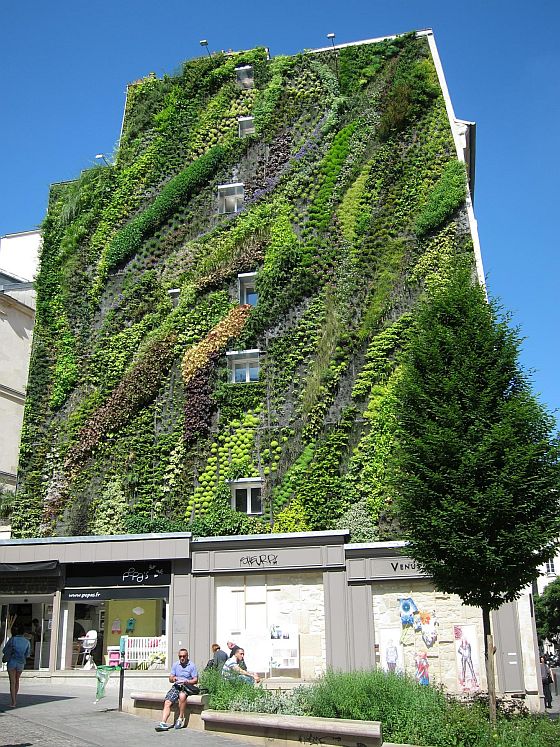Human beings have great skill and ingenuity in building machines, yet to the extent that we see ourselves as machine-builders and tool-users, we easily lose touch with the reality that we are organisms that can only exist because we coexist in an incredibly complex set of relations with constellations of other organisms.
Through a fixation on our capacities as agents of change, we see ourselves as distinct, individual, and set apart, yet in fact each of our bodies is really a society in which the cells we claim as our own are vastly outnumbered by bacteria that are not only essential for the assimilation of nutrients but also regulate our immune systems and even affect neurotransmitters in the brain. Our sense of autonomy is pure fiction.
When scientists re-engineer bacteria (see “Redesigning nature”), they are not simply making alterations to the DNA. They are also imposing the machine-builder’s mentality on the natural world. They are assuming that if nature can be shaped in accordance with human designs, it can be improved.
Patrick Blanc is a French botanist and creator of vertical gardens.
I just stumbled across Blanc’s work, so I actually have no idea what he thinks, yet his vertical gardens seem to be an expression of the opposite of the bioengineers’ orientation.
Turning the stark face of a building into a vibrant garden seems like a good way of showing that nature offers vastly more to the human world than we can produce by “enhancing” nature.
Instead of figuring out how we can redesign nature — as though we are its masters — we need to be informed by nature, that we might become better students.

L'Oasis d'Aboukir, Paris


L’Oasis d’Aboukir is beautiful! Where is it and how did they get all those gorgeous green plants to climb up those walls? Truly spectacular! We should do that with all our ugly concrete monstrosity skyscrapers here in America! Can you imagine the Empire State Building, and all the skyscrapers in New York, covered in such beauty? It would transform the place, not to mention all the life-giving oxygen these plant-covered buildings would produce right in the heart of the nation’s biggest metropolis!
L’Oasis d’Aboukir, Paris, angle rue d’ Aboukir – rue des Petits Carreaux. There are more photos showing the plans and construction here.